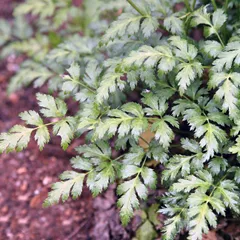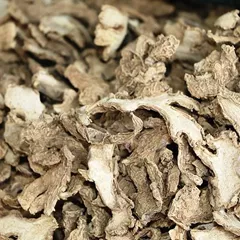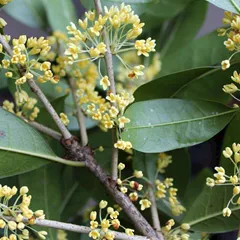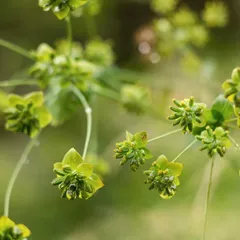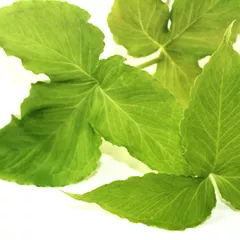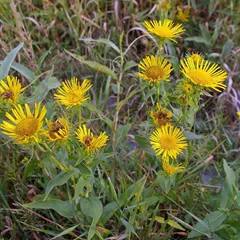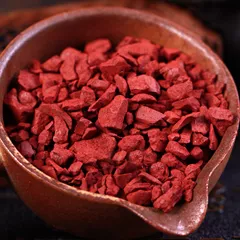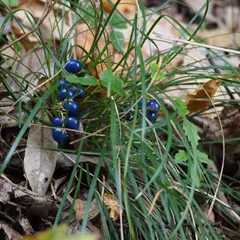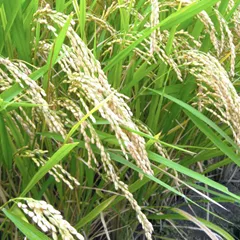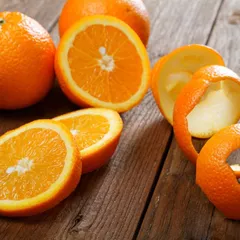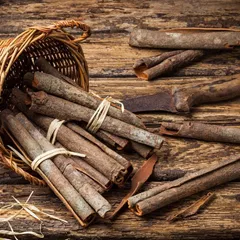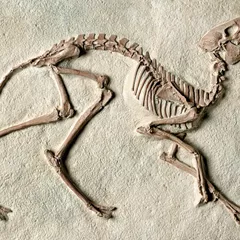Ban Xia Xie Xin Tang
Ban Xia Xie Xin Tang
Chinese: 半夏泻心汤
Pinyin: Bàn Xià Xiè Xīn Tāng
Other names: Pinellia Decoction to Drain the Epigastrium
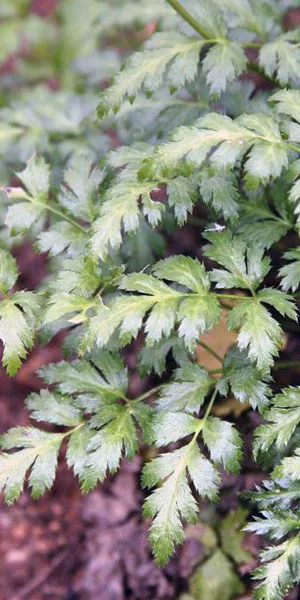
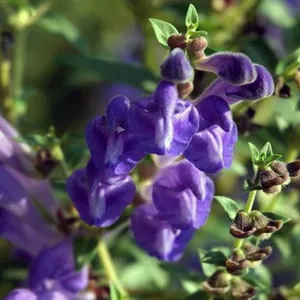
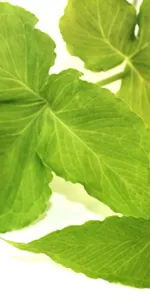
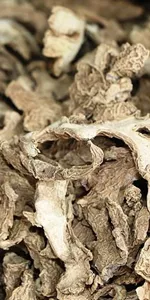
Ban Xia Xie Xin Tang
Ban Xia Xie Xin Tang
Chinese: 半夏泻心汤
Pinyin: Bàn Xià Xiè Xīn Tāng
Other names: Pinellia Decoction to Drain the Epigastrium
Number of ingredients: 7 herbs
Formula category: Formulas that harmonize Stomach-Intestines
Conditions for which it may be prescribed: ColitisGastritisHepatitis and three other conditions
- Reverses the flow of Rebellious Stomach Qi
- Relieves both Heat and Cold Stagnation in the gastrointestinal tract
Contraindications: This formula is indicated for focal distention caused by Stagnant Heat and Body... This formula is indicated for focal distention caused by Stagnant Heat and Body Fluids in the epigastrium. Where such distention is due to Qi Stagnation or harbored food, this formula will not be effective. see more
Source date: 220 AD
Source book: Discussion of Cold Damage
The information provided here is not a replacement for a doctor. You shouldn't use it for the purpose of self-diagnosing or self-medicating but rather so you can have a more informed discussion with a professional TCM practitioner.
Ban Xia Xie Xin Tang is a 7-ingredient Chinese Medicine formula with Goldthread Rhizomes (Huang Lian) as a principal ingredient.
Invented in 220 AD, it belongs to the category of formulas that harmonize Stomach-Intestines. Its main actions are: 1) reverses the flow of Rebellious Stomach Qi and 2) relieves both Heat and Cold Stagnation in the gastrointestinal tract.
In Chinese Medicine health conditions are thought to arise due to "disharmonies" in the body as a system. These disharmonies are called "patterns" and the very purpose of herbal formulas is to fight them in order to restore the body's harmony.
In this case Ban Xia Xie Xin Tang is used by TCM practitioners to fight patterns like Phlegm-Fluids in the Stomach and Small intestine or Phlegm-Heat in the Middle Burner. From a Western Medicine standpoint, such patterns can give rise to a range of conditions such as peptic ulcers, gastroesophageal reflux disease or gastritis for instance.
On this page, after a detailed description of each of the seven ingredients in Ban Xia Xie Xin Tang, we review the patterns and conditions that Ban Xia Xie Xin Tang helps treat.
The seven ingredients in Ban Xia Xie Xin Tang

Huang Lian is a king ingredient in Ban Xia Xie Xin Tang. Like the name indicates, it means it has more power than other ingredients in the formula.
1. Goldthread Rhizomes (Huang Lian)
Part used: Dried rhizome
Nature: Cold
Taste(s): Bitter
Meridian affinity: GallbladderHeartLarge intestineLiverSpleenStomach
Category: Herbs that clear Heat and dry Dampness
Huang Lian is specific for draining "Stagnation stemming from Dampness and Heat", a key issue this formula aims to treat. It also focuses on the epigastrium, making it an even more specific choice as the key ingredient.
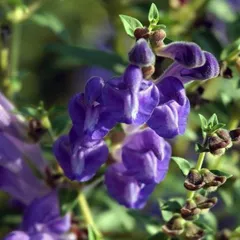
Huang Qin is a deputy ingredient in Ban Xia Xie Xin Tang. This means it helps the king ingredient(s) treat the main pattern or it serves to treat a coexisting pattern.
2. Baikal Skullcap Roots (Huang Qin)
Part used: Dried root
Nature: Cold
Taste(s): Bitter
Meridian affinity: GallbladderHeartLarge intestineLungSmall intestineSpleen
Category: Herbs that clear Heat and dry Dampness
In general Huang Qin's main actions are as follows: "Expels Heat and Dampness. Clears Upper Burner Heat, especially of the Lung. Clears Heat and stops reckless movement of Blood. Clears pathogenic Heat which is upsetting the fetus. Cools the Liver, reducing Liver Yang rising syndrome."
In the context of Ban Xia Xie Xin Tang, it is used because it drains clumping from the epigastrium by drying and directing downward.
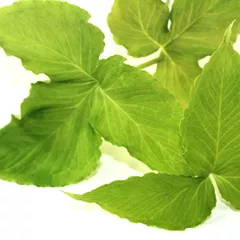
Ban Xia is a deputy ingredient in Ban Xia Xie Xin Tang. This means it helps the king ingredient(s) treat the main pattern or it serves to treat a coexisting pattern.
3. Crow-Dipper Rhizomes (Ban Xia)
Part used: Dried rhizome and tuber
Nature: Warm
Taste(s): Pungent
In general Ban Xia's main actions are as follows: "Drains Dampness and reduces Phlegm. Reverses the flow of Rebellious Qi. Reduces hardenings and relieves distention."
In the context of Ban Xia Xie Xin Tang, it is used because it enters the Stomach Channel and disperses clumping, stops vomiting, and eliminates focal distention.
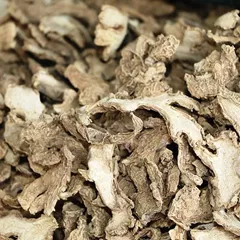
Gan Jiang is a deputy ingredient in Ban Xia Xie Xin Tang. This means it helps the king ingredient(s) treat the main pattern or it serves to treat a coexisting pattern.
4. Dried Ginger (Gan Jiang)
Gan Jiang enters the Spleen and Stomach to assist in the transformation of thin mucus while restoring Yang Qi to the Middle Burner.
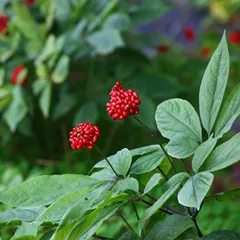
Ren Shen is an assistant ingredient in Ban Xia Xie Xin Tang. This means that it either serves to reinforces the effect of other ingredients or it moderates their toxicity.
5. Ginseng (Ren Shen)
Part used: Dried root
Nature: Warm
Meridian affinity: HeartLungSpleen
Category: Tonic herbs for Qi Deficiency
Ren Shen works together with Jujube dates (Da Zao), another assistant herb of this formula, to prevent the dispersing actions of the chief and deputy herbs from injuring the Normal Qi. In this manner, they work with the key herb (Goldthread rhizome) to stop the vomiting.
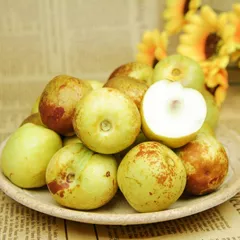
Da Zao is an assistant ingredient in Ban Xia Xie Xin Tang. This means that it either serves to reinforces the effect of other ingredients or it moderates their toxicity.
6. Jujube Dates (Da Zao)
Part used: Dried ripe fruit
Nature: Warm
Taste(s): Sweet
Meridian affinity: SpleenStomach
Category: Tonic herbs for Qi Deficiency
In general Da Zao's main actions are as follows: "Tonifies the Spleen and Stomach Qi. Tonifies the Blood. Calms the Shen (spirit). Moderates the actions of other herbs in formula."
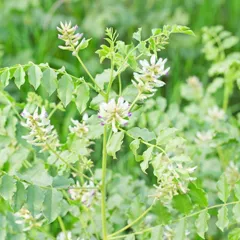
Gan Cao is an envoy ingredient in Ban Xia Xie Xin Tang. This means that it directs the formula towards certain area of the body and/or harmonizes the actions of other ingredients.
7. Liquorice (Gan Cao)
Part used: Dried root and rhizome
Nature: Neutral
Taste(s): Sweet
Meridian affinity: HeartLungSpleenStomach
Category: Tonic herbs for Qi Deficiency
In general Gan Cao's main actions are as follows: "Tonifies the Basal Qi and nourishes the Spleen Qi. Clears Heat and dispels toxicity. Moistens the Lungsexpel phlegm and stop coughing. Relieves spasms and alleviates pain. Harmonizes and moderates the effects of other herbs."
In the context of Ban Xia Xie Xin Tang, it is used because it helps the assistant herbs tonify the middle Qi and harmonizes the actions of the other ingredients.
Conditions and patterns for which Ban Xia Xie Xin Tang may be prescribed
It's important to remember that herbal formulas are meant to treat patterns, not "diseases" as understood in Western Medicine. According to Chinese Medicine patterns, which are disruptions to the body as a system, are the underlying root cause for diseases and conditions.
As such Ban Xia Xie Xin Tang is used by TCM practitioners to treat two different patterns which we describe below.
But before we delve into these patterns here is an overview of the Western conditions they're commonly associated with:
Peptic ulcers Gastroesophageal reflux disease Gastritis Chronic cholecystitis Colitis Hepatitis
Again it wouldn't be correct to say "Ban Xia Xie Xin Tang treats peptic ulcers" for instance. Rather, Ban Xia Xie Xin Tang is used to treat patterns that are sometimes the root cause behind peptic ulcers.
Now let's look at the two patterns commonly treated with Ban Xia Xie Xin Tang.
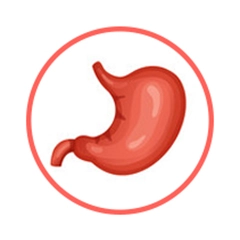
The Stomach is a so-called "Fu" Organ. Learn more about the Stomach in Chinese Medicine
Phlegm-Fluids in the Stomach and Small intestine
Pulse type(s): Deep (Chen), Slippery (Hua), Wiry (Xian)
Tongue coating: Sticky coating
Tongue shape: Swollen
Symptoms: Dizziness Dry tongue Weight loss Loose stools Chest fullness Vomiting of watery fluids Splashing sound in the stomach Abdominal distention and fullness Dry mouth with no desire to drink
Ban Xia Xie Xin Tang is sometimes prescribed by TCM practitioners to treat Phlegm-Fluids in the Stomach and Small intestine. This pattern leads to symptoms such as abdominal distention and fullness, vomiting of watery fluids, dry tongue and dry mouth with no desire to drink. Patients with Phlegm-Fluids in the Stomach and Small intestine typically exhibit deep (Chen), slippery (Hua) or wiry (Xian) pulses as well as Swollen tongue with white slippery or yellow sticky coating.
Phlegm-Fluids is a type of Substantial Phlegm characterized by white, very watery and thin sputum. It can sometimes actually be heard splashing in the body.
Phlegm-Fluids in Stomach and Intestines simply refers to a pattern whereby Phlegm-Fluids accumulates in those Organs. It often does so when... read more about Phlegm-Fluids in the Stomach and Small intestine

The Triple Burner is a so-called "Fu" Organ. Learn more about the Triple Burner in Chinese Medicine
Phlegm-Heat in the Middle Burner
Pulse type(s): Rapid (Shu), Wiry (Xian)
Tongue coating: Yellow coating
Tongue color: Red tip
Symptoms: Poor appetite Abdominal fullness Dry heaves or vomiting Borborygmi with diarrhea Epigastric focal distention
Ban Xia Xie Xin Tang is sometimes prescribed by TCM practitioners to treat Phlegm-Heat in the Middle Burner. This pattern leads to symptoms such as epigastric focal distention, abdominal fullness, dry heaves or vomiting and borborygmi with diarrhea. Patients with Phlegm-Heat in the Middle Burner typically exhibit rapid (Shu) or wiry (Xian) pulses as well as a red tip tongue with yellow coating.
Formulas similar to Ban Xia Xie Xin Tang
Huang Lian Tang is 86% similar to Ban Xia Xie Xin Tang
Xiao Chai Hu Tang is 71% similar to Ban Xia Xie Xin Tang
Xuan Fu Dai Zhe Tang is 57% similar to Ban Xia Xie Xin Tang
Mai Men Dong Tang is 57% similar to Ban Xia Xie Xin Tang
Liu Jun Zi Tang is 43% similar to Ban Xia Xie Xin Tang
Gui Zhi Jia Long Gu Mu Li Tang is 43% similar to Ban Xia Xie Xin Tang

